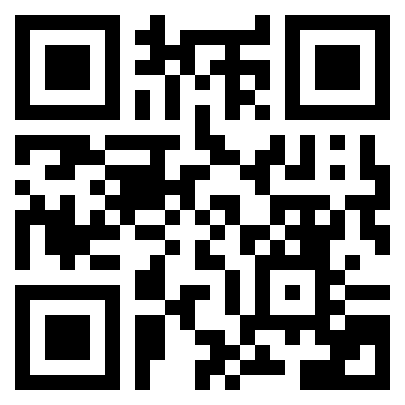- Unit CMI321 Managing Own Personal and Professional Development Assessment | BCU
- CIPD Unit 5CO01 Organisational Performance and Culture in Practice Learner Assessment Brief 2025/26
- ATHE Level 3 Unit 2 How Businesses and Organisations Work Assignment | LCPS
- Unit 531 Principles of Professional Coaching Assessment Brief | SBTL
- PSY4011 Developmental Psychology Assessment Brief – Identity Development in Childhood
- MBA7066 Innovation and Entreprenuership Assignment Brief 2024-2025 | University of Greater Manchester
- Unit 17 Caring for Individuals with Dementia BTEC Level 3 Assignment Brief Case Study
- BTEC Level 3 Unit 15 Care for Individuals with Dementia Assessment
- Unit 3: Professional Practice Authorised Assignment Brief 2025–2026, ESOFT Metro Campus
- Unit 7 Leadership & Management People Assignment – Level 3 Diploma in Business and Management
- HNC Civil Engineering Assignment 2 The Construction Environment
- HNC Civil Engineering Assignment 1 Geotechnics & Soil Mechanics Academic Year 24/25
- UNIT CMI 519 Managing Quality and Continuous Improvement Assessment Brief
- Level 5 in Leadership and Management in Adult Care – Governance and Regulatory Process in Adult Care and Decision Making in Adult Care
- BTM6GSM Global Strategic Management Level 6 Assignment 1 Case Study
- Level 5 in Leadership and Management in Adult Care – Supervising Others and Facilitate Coaching and Mentoring of Practitioners in Care Settings
- Unit 2 Marketing Processes and Planning Assignment Brief 2025-2026
- Unit 805 Strategic Communication Assignment Brief- Media Impact on International Organisations
- UNIT CMI 513 Managing Projects to Achieve Results Assessment Brief
- AFM5CGL Level 5 Corporate Governance and leadership Assignment Case Study
FIN6002: You are an audit senior in the firm, Grant Smithson & Partners, and have been assigned the audit of Handel’s World Ltd: Audit Assignment, AU, UK
| University | Arden University (AU) |
| Subject | FIN6002 Audit |
Question 1
You are an audit senior in the firm, Grant Smithson & Partners, and have been assigned the audit of Handel’s World Ltd, for the year ended 31 March 2023. Handel’s World Ltd has been in operation for fifteen years, but has only just appointed Grant Smithson & Partners as its external auditors. The company operates four stores countrywide, selling a quality range of musical instruments such as; electric or acoustic guitars, brass instruments; drums, percussion instruments; keyboards, pianos, and instrument accessories among others.
For several years, Handel’s World Ltd has maintained perpetual records of inventory at each of its four stores. Nevertheless, it has continued to determine closing inventory by stocktaking at or near the year end. In the course of the year end audit you hold discussions with the company’s chief accountant, and she informs you that the company is intending to dispense with annual stocktaking and to rely on the perpetual records in determining closing inventory. Do You Need Assignment of This Question
The company operates a centralised computer system networked to terminals and point of sale registers in each store. Last year’s audit file indicates that control risks over purchase and sale transactions were assessed as low for occurrence, completeness and measurement assertions. However, the control risk assessment did not extend to the recording of sale and purchase transactions into the inventory records since inventory was determined by physical count. The description of the accounting system shows inventory as being delivered directly to each store.
The manufacturers attach a bar–coded tag to each item. On delivery, store personnel physically check each item with the description coded on the tag. They then scan the tags. The networked computer verifies the goods against the order and records them on the store’s inventory records. At the point of sale, the tag is again scanned which both records the sale and removes the item from inventory records.
During the past year, the company’s computing department has rewritten the inventory control system to incorporate inventory costs as well as quantities. The computer system now records cost at the point of delivery. On sale, the computer determines cost of sale on a first–in–first– out (FIFO) basis and recalculates the cost of inventory on hand at each Store.
Required:
a) Explain why Inventory is considered a major area of importance for the external auditor in carrying out an audit of financial statements.
b) Describe the substantive procedures you would perform, both during the year and as at year end, in order to verify the completeness and existence of inventories.
c) Distinguish between “auditing around the computer” and “auditing through the computer”.
Buy Answer of This Assessment & Raise Your Grades




